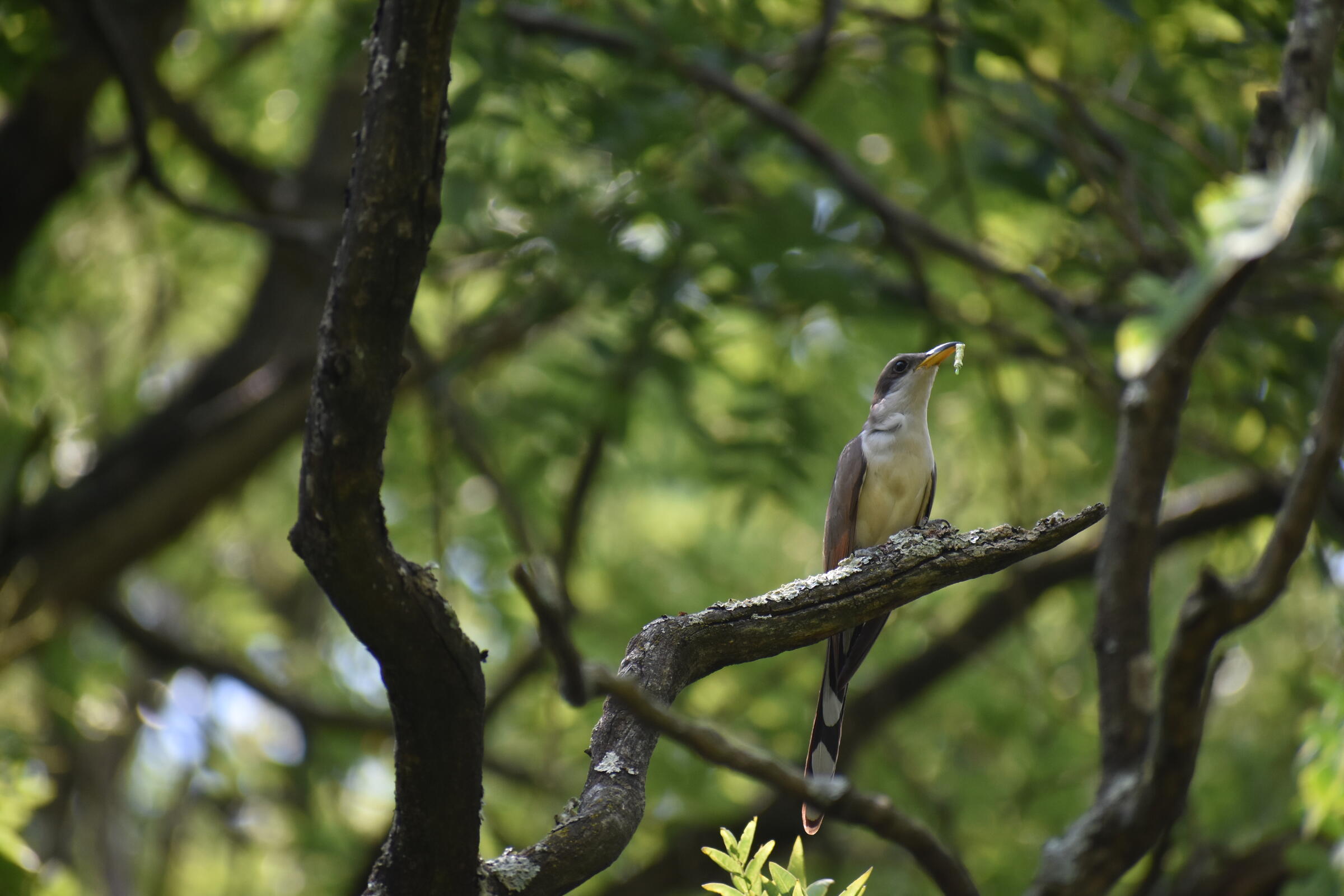Written by Tice Supplee, Cathy Wise, and Steven Prager
The Center for Biological Diversity and Maricopa Audubon Society, one of three independent Phoenix-area Audubon chapters, have filed a lawsuit against the Bureau of Land Management (BLM) and the U.S. Fish and Wildlife Service for failure to protect and conserve threatened and endangered species from livestock grazing on the Agua Fria National Monument (AFNM). The AFNM, or more specifically the Agua Fria National Monument Riparian Corridors Important Bird Area, supports a diversity of priority species including Bell’s Vireo, Abert’s Towhee, Lucy’s and Yellow warblers, and the federally threatened Western Yellow-billed Cuckoo (the AFNM supports over 3,000 acres of critical habitat for this imperiled species). At first glance, this seems like a familiar refrain, but there’s more to the story than agency mismanagement.
Across the west, riparian (streamside) and aquatic habitat is threatened by loss of permanent water, improper grazing, and most recently, wildfire. Climate change is exacerbating these perils and everyone from land managers to ranchers to biologists are playing a furious game of catch-up. Changes in intensity and timing of seasonal rainfall are stressing riverside habitat and dry uplands are forcing cattle toward riparian areas.
For over a decade, Audubon Southwest staff and volunteers from the Friends of the Agua Fria National Monument and the Sonoran Audubon Society, another of our Phoenix-area Audubon chapters, have monitored the Western Yellow-billed Cuckoo on the AFNM during the summer months. The BLM has supported these efforts and diligently implemented Audubon-recommended measures to protect the bird’s habitat. For all reaches proven to be occupied by cuckoos, this has resulted in winter-only grazing regimes. Cuckoos depend on young riparian habitat – breeding birds prefer cottonwood and willow stands that are between three and five years old. On the upper reaches of the Agua Fria River within the AFNM, cuckoos benefit from seasonal scouring floods that open up the river corridor and encourage the recruitment of new vegetation. Cattle, which have a taste for young, green riparian vegetation, can mow down this new greenery in short order and for this reason, cattle have the biggest impact during the spring and summer.
Partially thanks to this working partnership, surveyors have seen the number of breeding Yellow-billed Cuckoos increase or remain steady across surveyed routes on the AFNM over the last ten years. Our data show that Yellow-billed Cuckoos and cattle can, when managed appropriately, coexist. This is especially true when winter-only grazing regimes are combined with off-road vehicle exclusions and active restoration, tools also employed by the BLM on the AFNM at Audubon’s recommendation. However, it’s important to note that it’s not necessarily true that all sensitive species on the AFNM respond as well to these management practices as do cuckoos. This may be especially true for aquatic species like Gila Topminnow, Desert Pupfish, Gila Chub, and Northern Mexican Gartersnake. Also, it’s important to note that a winter-only grazing regime doesn’t always guarantee that cattle will follow the rules.
The problem is one of climate and resources. Years of extreme drought and limited upland water and forage are forcing cattle into riparian areas. Fires in the upper watershed have compromised fence lines, allowing enthusiastic cows entrance. Rain, when it does come, arrives in torrents that rip down streamside fencing. On the AFNM, there are over 70,000 acres to police against thirsty, hungry cattle. BLM has been responsive to our reports of trespass cattle, but often are too under-resourced to get much done. Proper fencing and perhaps supplemental water and feed can keep cattle where they belong and preserve precious riparian habitat.
As climate change limits the ability of riparian habitat to absorb the impacts of cattle and other land uses, the job of agencies like the BLM is becoming increasingly difficult. As the Southwest becomes more arid, the problem is likely to intensify. To effectively manage the Agua Fria National Monument for Western Yellow-billed Cuckoo and other priority species, the BLM needs an increased capacity to enforce existing regulations, conduct further research on the impact of cattle in climate-stressed habitats, and implement active restoration. This will require both financial and human resources, and perhaps a lawsuit is what’s needed to make it happen.








